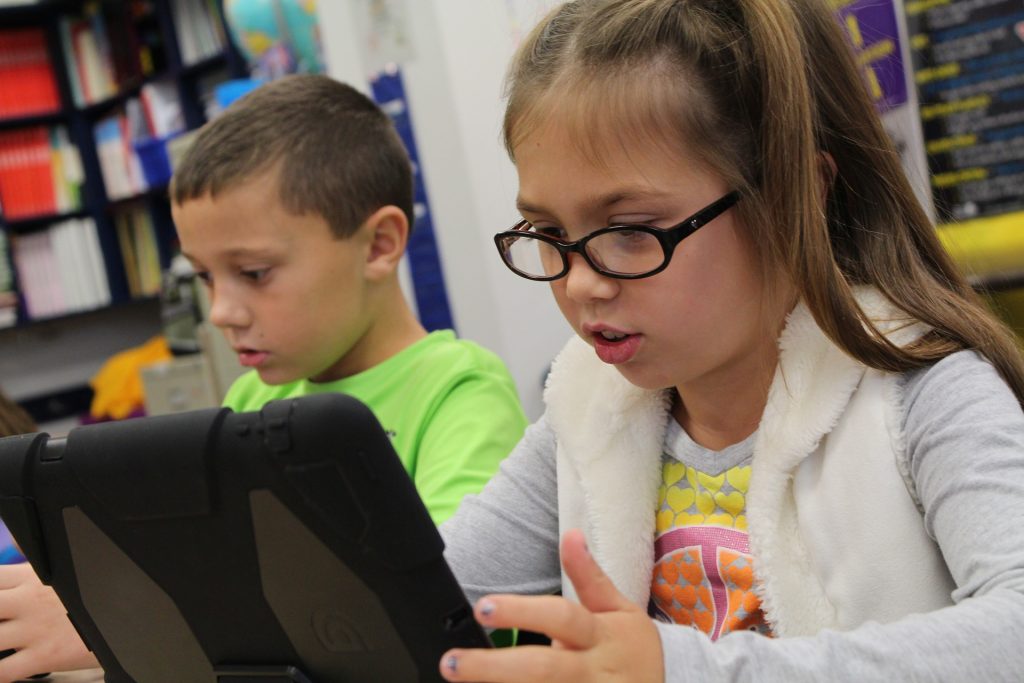Are you looking for hacks for improving your students vocabulary? If so, keep reading.
1. Get the student to divide cards that tag objects, persons, places, etc., in their surroundings into different categories (e.g., function, color, size, use, composition, etc.). Spotlight the similarities and differences between things as they change categories (e.g., a ball and an apple may be red, round, and smooth; but you can only eat the apple, etc.).
2. Name a category and have the student find things within the category. Present new words that belong in the same group.
3. Spotlight words that have an assortment of meanings and use them properly in various contexts.
4. Get the student to keep a vocabulary notebook (image or word) with definitions of words whose meanings they do not know.
5. Develop a list of new words that the student will encounter while reading a given task. Have the student (or select a peer to help the student) look up each word and practice saying it and using it in a sentence before reading the given task.
6. Give the student fewer weekly vocabulary words. As the student shows success, slowly increase the number of vocabulary words from week to week.
7. Get the student to give as many adverbs as possible to go with a given verb (e.g., run – slow, fast, crooked, etc.).
8. Praise the student for using an increased speaking vocabulary: (a) give the student a concrete reward (e.g., privileges such as leading the line, handing out learning materials, 10 minutes of free time, etc.) or (b) give the student an informal reward (e.g., praise, handshake, smile, etc.).
9. Get the student to take part in role-playing to foster the use of new vocabulary (e.g., set up an imaginary restaurant and have the student and peers play the roles of customers, servers, cook, etc., varying the time of day and the occasion).
10. Send home new vocabulary words and urge parents to use them in learning activities and general conversation.
11. Leverage unique situations to teach new vocabulary. Typically, a student will retain information learned in a novel situation better than information learned during a regular routine (schedule). The uniqueness of the situation will also enable the student’s memory skills when you give a reminder to help the student recall the vocabulary (e.g., “Remember yesterday during the fire drill when we talked about __ ?”).
12. Encourage the student to help them respond with sufficient vocabulary (e.g., Learner says “that thing.” The teacher responds, “What thing, what is it doing?” etc.).
13. Daily, examine previously learned vocabulary words and their meanings. Get the student to incorporate previously learned vocabulary words into daily conversation and learning activities.
14. To emphasize new vocabulary, write the new word on an envelope and put images inside that do and do not go with it (e.g., arctic – polar bears, snow, parrots, palm trees, etc.). Get the student to remove the unacceptable image and explain why it does not belong.
15. Utilize a large purse, box, bag, etc., with objects inside (e.g., various shaped blocks, pieces of fruit, school supplies, etc.). Have the student to reach into the container and to ascertain what each item is by describing how it feels before seeing it.
16. Get the student to keep a notebook of all new vocabulary words to call upon for daily conversation and learning activities.
17. Utilize hands-on learning activities to teach vocabulary by constructing objects and/or organizing manipulatives (e.g., under the heading “fruit,” give actual pieces of fruit; under the heading “school supplies,” give actual school learning materials, etc.).
18. On occasions where teaching new vocabulary and engaging in conversation, be sure to use vocabulary that is within the student’s level of comprehension.
19. Utilize visual aids whenever possible when introducing new vocabulary.
20. Get the student to tag all the objects, persons, places, etc., in their surroundings that they can. Then have the student point to the item in their surroundings as you tag the items they were incapable of naming. The things the student was unable to label will comprise a foundation for new vocabulary to be learned. Learning activities to foster the growth of expressive vocabulary should focus on the things the student pointed to but could not label.
21. Provide the student a sequence of words or images and have them name the category in which they belong (e.g., objects, persons, places, etc.).
22. Praise those students in the classroom who use an expanded speaking vocabulary.
23. Consider viewing our list of vocabulary building apps.











